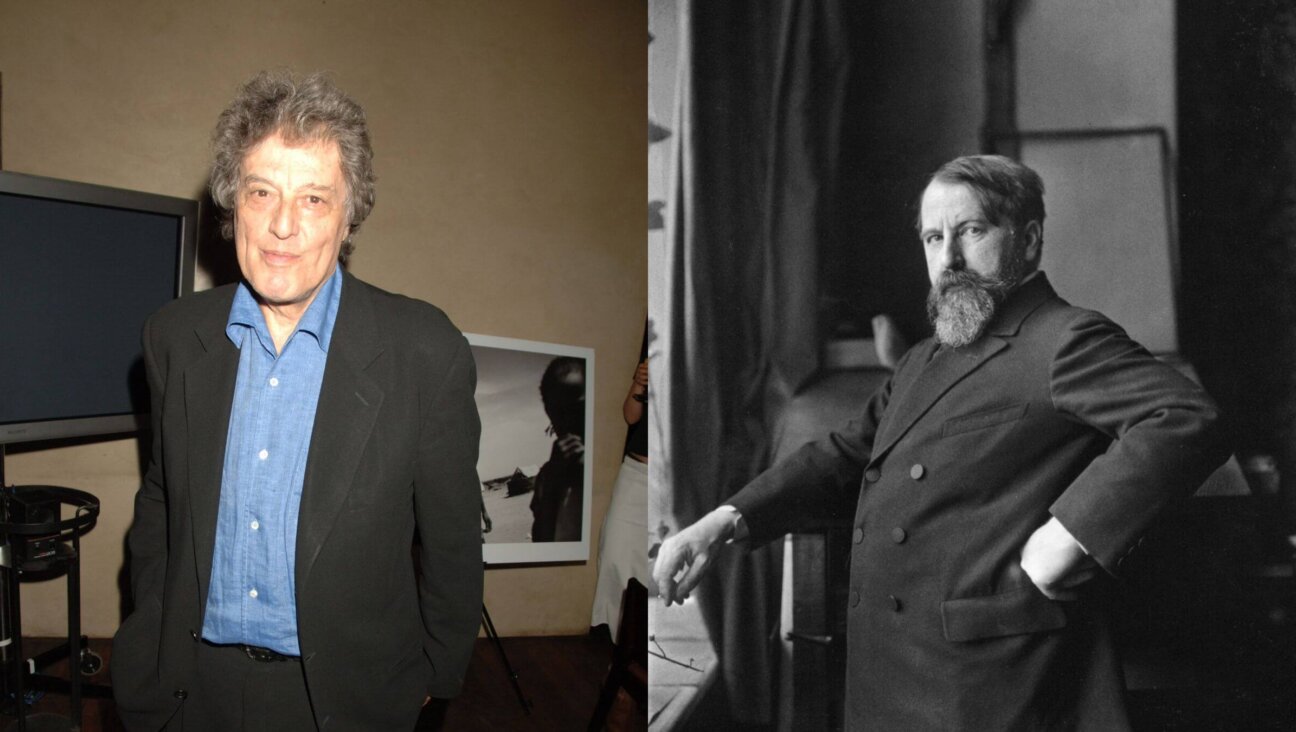Celebrated Collection of Hebrew Texts on View, on Sale
Jack Lunzer, whose private collection of more than 11,000 Hebrew books and manuscripts is on display at the New York auction house Sotheby’s until February 19, has a line he often repeats: “When two or three Jews get together, they buy a printing press.”
The Valmadonna Trust Library, which is valued at more than $40 million and will be sold as a complete collection by Sotheby’s in a private sale, is a testament to the People of the Book’s drive to write. Bound pages from four continents, and almost 1,000 years of the printed Hebrew word line shelves from floor to skylight in the auction house’s 10th-floor exhibition space.
“Many Hebrew printing presses had ephemeral existences,” explained David Redden, a vice chairman of Sotheby’s, at the exhibition last week.
At various times during the past millennium, Redden explained, Hebrew printing was often summarily outlawed: Presses could bring repute to a town and put it on the map; they could also be run out of town. Printed editions — mostly religious, but also scientific — which were often made in runs of up to several hundred, were burned. “These are really rare books — their brothers and sisters [who] survived,” Redden said, referring to the collection.
From the Codex Valmadonna I, a Pentateuch (the first five books of the bible) written in England in the summer of 1189 — the only existing dated Hebrew text from medieval England before the Jews’ expulsion 100 years later — to a scarce run of The Israel Messenger, an English-language Zionist periodical printed in Shanghai at the turn of the 20th century, each item has a unique history. But cumulatively, they become iterations of something greater: The Valmadonna library, as a whole, is an artifact chronicling the transcendent literature of the Jewish Diaspora.
A decorative border, imprinted by a metal cut frame, adorns the page of a Torah held open to the portion of The Song of the Sea (Exodus 15:1), in which the Israelites celebrate their freedom from Egypt. The border is first seen in Spanish texts of the 1480s. After the 1492 expulsion, Spanish Jews took their tools with them, and the frame was used in a Hebrew text printed in Portugal — only to vanish and appear once again in books printed in Constantinople following the Portuguese expulsion, in 1497.
Lunzer, who has been collecting books since he was 10, stacked three or four books deep in every corner of his house in London. Now in his 80s, he sat at the exhibition last week in a suit and a white yarmulke, delighted to talk about the collection that his daughter, Myra Waiman, described as his sixth child. “This is not only the history of the Bible, but the history of humanity — of decency, irrespective of color, creed. It’s the first book; it is our guide.”
The Valmadonna Trust Library is on view through Thursday, February 19, at Sotheby’s, 1334 York Avenue at 72nd Street, New York, (212) 606-7000.
















